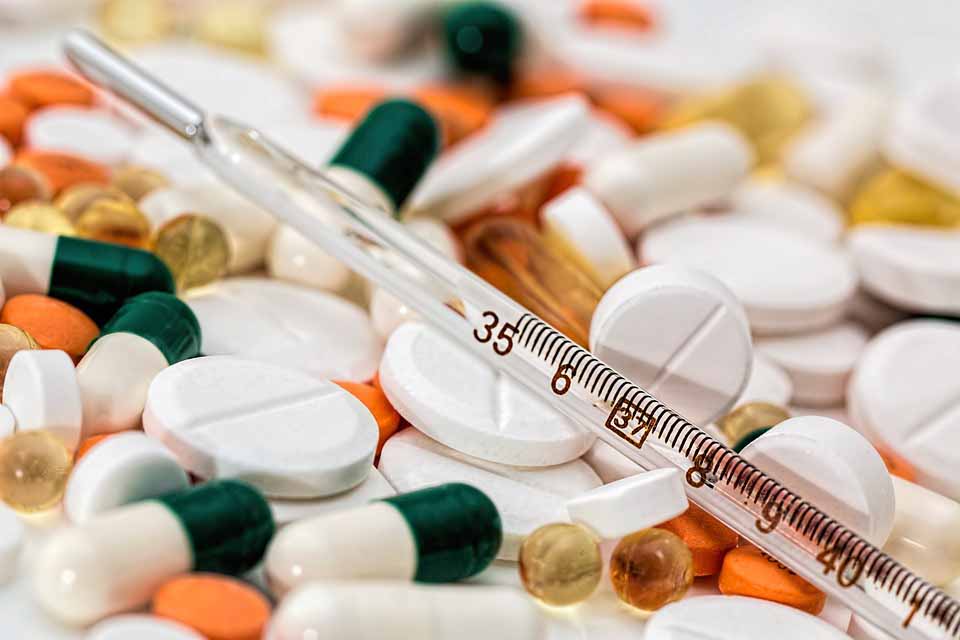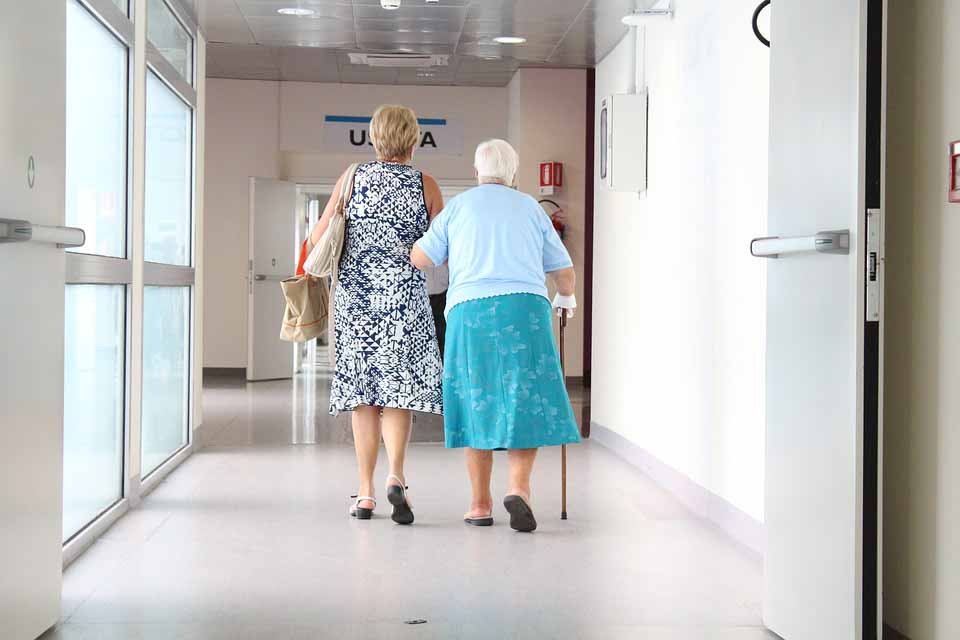Did you know half of most sexually active teenagers in the U.S. will deal a std by enough time they’re 25-and that a lot of won’t even understand it?
This April, STD Awareness Month, Planned Parenthood of NEW YORK is encouraging New Yorkers to teach themselves on sexually transmitted diseases (STDs) and also to get themselves tested. We’ve joined with MTV, the Kaiser Family Foundation, and other organizations for the seventh year of the award-winning GRAB YOURSELF Tested (GYT) marketing campaign. GYT is a national campaign that includes online and on-the-ground activities to market sexual health among young people.
STDs impact young people the hardest. Half of the projected 20 million sexually sent diseases in this country every year are in people under 25, although they represent only 25 % of people having sex. In New York City, females ages 15 to 19 have the best rate of gonorrhea and Chlamydia, weighed against females in every other age ranges. Among men, those age groups 20 to 24 have the highest rates of both gonorrhea and Chlamydia. A lot more HIV diagnoses in NEW YORK are in those age ranges 20 to 29 than in virtually any other generation.
Everyone deserves a love-making life that is safe and healthy. Many sexually productive young people may not recognize that getting analyzed is part of basic preventive health care and can actually help improve their love-making lives.
Listed below are five things that young people ought to know about getting tested and STD testing:
1. Getting yourself examined for STDs is one of the main actions you can take to protect your wellbeing. STDs, if not treated, can result in serious health outcomes such as increased threat of cervical cancer and infertility.
2. Getting tested is straightforward and quick. For example, rapid HIV lab tests can provide results in 20 minutes from simply a swab in the oral cavity. For other checks, all you need to do is urinate in a glass. No fine needles necessary.
3. Most STDs, including HIV, are treatable, and most are curable. The earlier you understand your status, the earlier you can get cared for. Not absolutely all medical checkups include STD testing-so if you don’t ask to be tested, don’t expect you were the previous time you observed your doctor.
4. You can’t let by looking at someone if indeed they come with an STD. Many STDs cause no symptoms. For example, 70 to 95 percent of women and 90 percent of men with chlamydia haven’t any symptoms. Typically, people with HIV don’t develop symptoms for a decade. The only path to learn your status for certain is to get analyzed.




